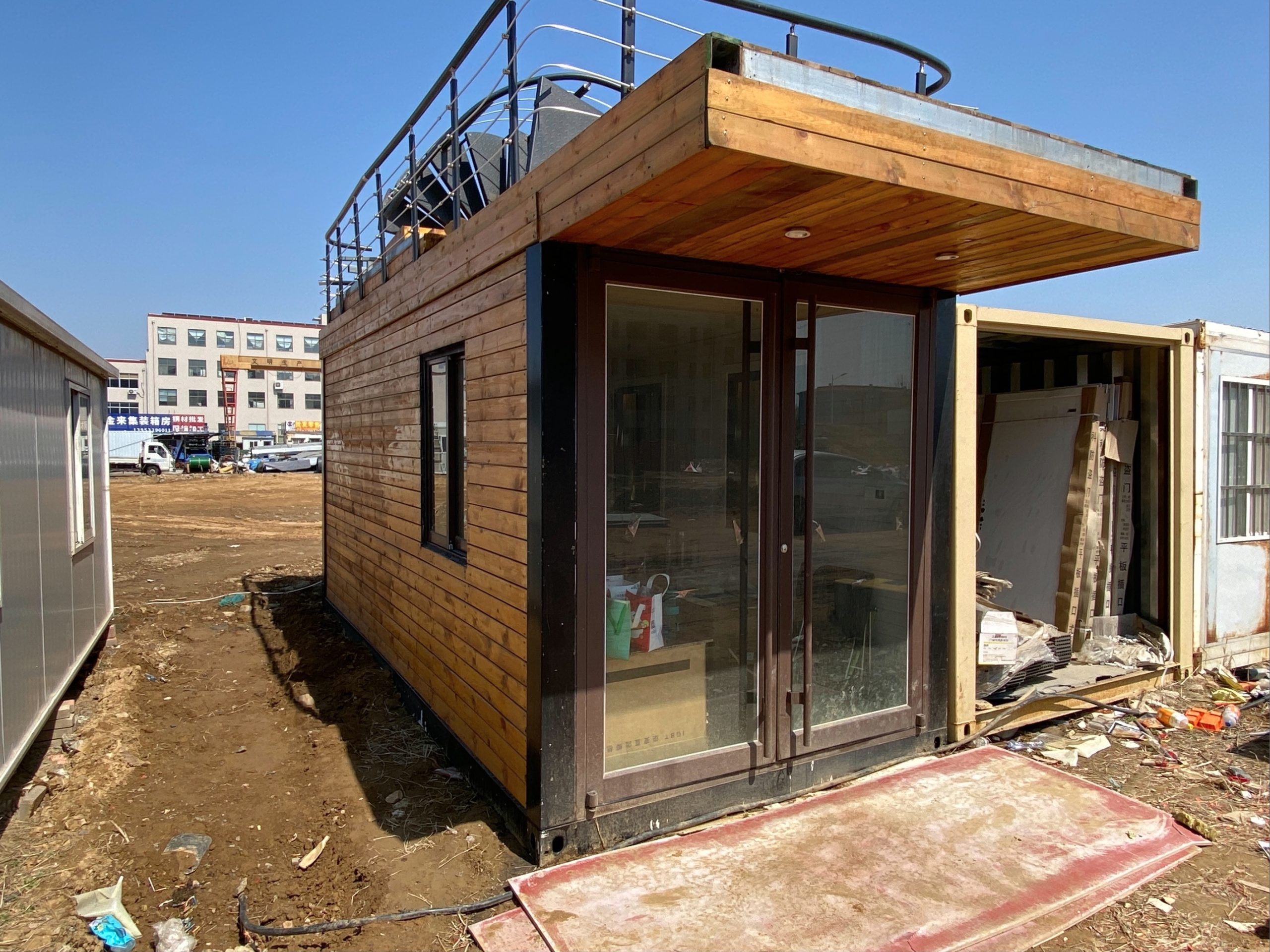Table of Contents
Influences of Embedded Parts on Steel Structure Buildings:
Embedded parts play a crucial role in the construction and structural integrity of steel buildings. Their influence and selection points are significant considerations in the design and construction process. Understanding the impacts of embedded parts on steel structure buildings is essential for architects, engineers, and construction professionals.
One of the primary influences of embedded parts on steel structure buildings is their ability to enhance structural stability. These components, such as anchor Bolts, steel plates, and embedded channels, are integrated into the concrete foundation to provide a secure connection between the steel structure and the building’s foundation. This connection ensures that the steel building can withstand various loads, including wind, seismic forces, and live loads. Properly selected and installed embedded parts contribute to the overall structural robustness of the building, enhancing its Safety and longevity.
Additionally, embedded parts have a significant impact on the overall architectural and aesthetic aspects of steel structure buildings. The selection of these components can influence the design flexibility and visual appeal of the structure. For instance, embedded plates and channels can be strategically placed to accommodate architectural features, such as Curtain Walls, Canopies, and cladding systems. Moreover, the selection of embedded parts with specific finishes and coatings can contribute to the desired aesthetic characteristics of the building. Architects and designers must carefully consider the visual impact of embedded parts to ensure that they align with the overall design intent and architectural vision.
Another critical influence of embedded parts on steel structure buildings is their role in facilitating the installation and integration of building systems. These components often serve as attachment points for mechanical, electrical, and plumbing systems. By strategically locating embedded parts within the concrete foundation, engineers can ensure seamless coordination between the structural and MEP (mechanical, electrical, and plumbing) systems. Properly coordinated embedded parts contribute to efficient installation processes, minimize conflicts between building systems, and optimize the functionality of the building.
When selecting embedded parts for steel structure buildings, several key points need to be considered. The first consideration is the structural requirements of the building. Engineers must evaluate the structural loads, forces, and performance criteria to determine the type, size, and configuration of embedded parts needed to support the steel structure. Additionally, the compatibility of embedded parts with the building materials and systems must be assessed to ensure proper integration and functionality.
Furthermore, the environmental and exposure conditions of the building site should influence the selection of embedded parts. Factors such as corrosion resistance, durability, and weathering characteristics must be carefully evaluated to select embedded parts that can withstand the site-specific conditions and maintain their performance over time. Additionally, considerations related to constructability, accessibility, and maintenance should guide the selection of embedded parts to facilitate efficient construction processes and long-term building performance.
In conclusion, the influences
– **Structural Integrity:** Embedded parts can significantly influence the structural integrity of steel buildings by providing support, connection points, and reinforcement for various components
Embedded parts play a crucial role in the structural integrity of steel buildings, influencing their strength, stability, and overall performance. When it comes to the construction of steel structure buildings, the selection and placement of embedded parts are critical factors that can significantly impact the structural integrity of the entire building. In this article, we will explore the influences and selection points of embedded parts on steel structure buildings, focusing on their impact on structural integrity, seismic performance, and overall safety.

Structural integrity is a fundamental consideration in the design and construction of steel buildings. Embedded parts, such as anchor bolts, plates, and Connectors, are essential components that contribute to the overall strength and stability of the structure. These parts are strategically placed within the building to provide support, connection points, and reinforcement for various components, including columns, beams, and other load-bearing elements. The selection of embedded parts must be carefully considered to ensure that they meet the specific structural requirements of the building, taking into account factors such as load capacity, material strength, and compatibility with the surrounding steel elements.
The influence of embedded parts on the seismic performance of steel buildings is another critical aspect to consider. In regions prone to seismic activity, the ability of a building to withstand and mitigate the effects of earthquakes is of utmost importance. Embedded parts play a vital role in enhancing the seismic performance of Steel Structures by providing additional anchorage and bracing to resist lateral forces and ensure the overall stability of the building during seismic events. The selection of embedded parts for seismic design must adhere to stringent regulations and standards, taking into consideration factors such as ductility, flexibility, and load distribution to effectively dissipate seismic forces and minimize structural damage.
Moreover, the selection of embedded parts for steel structure buildings must also account for their impact on overall safety. The proper placement and installation of embedded parts are essential to ensure the safety and durability of the building throughout its lifespan. Careful consideration must be given to factors such as corrosion resistance, material compatibility, and long-term performance to prevent structural deterioration and maintain the integrity of the building over time. Additionally, the selection of embedded parts should align with industry best practices and standards to guarantee the safety and reliability of the structure under normal and extreme conditions.
In conclusion, the influences and selection points of embedded parts on steel structure buildings are multifaceted, encompassing considerations related to structural integrity, seismic performance, and overall safety. The careful selection and placement of embedded parts are essential to ensure the strength, stability, and durability of steel buildings, ultimately contributing to their long-term performance and resilience. By understanding the impact of embedded parts on steel structures and adhering to best practices in their selection and installation, engineers
